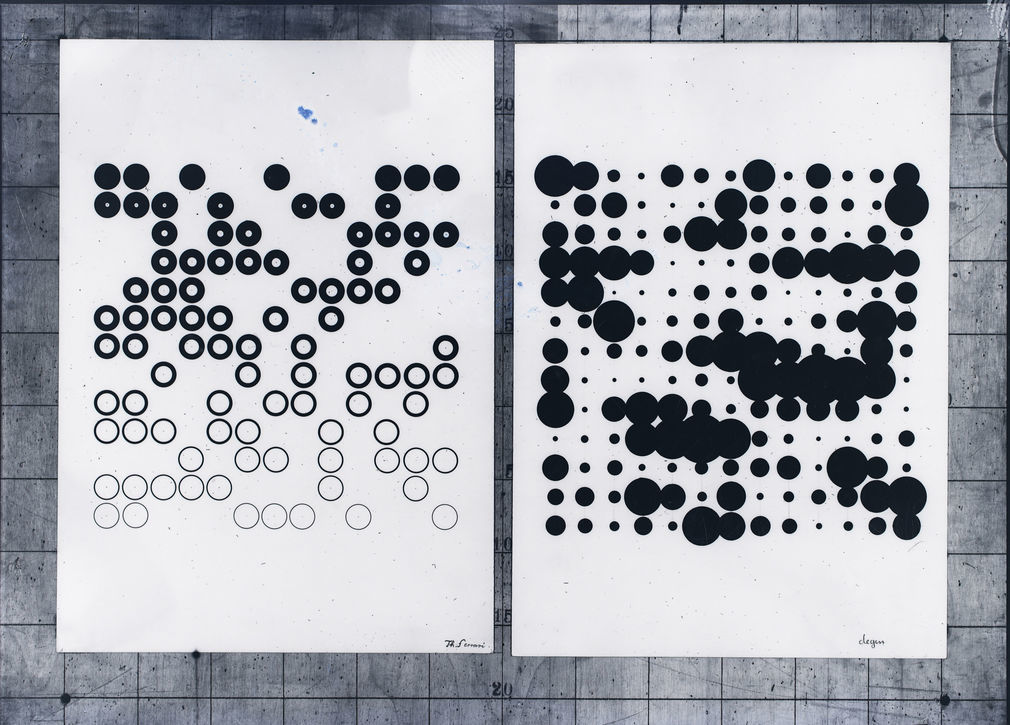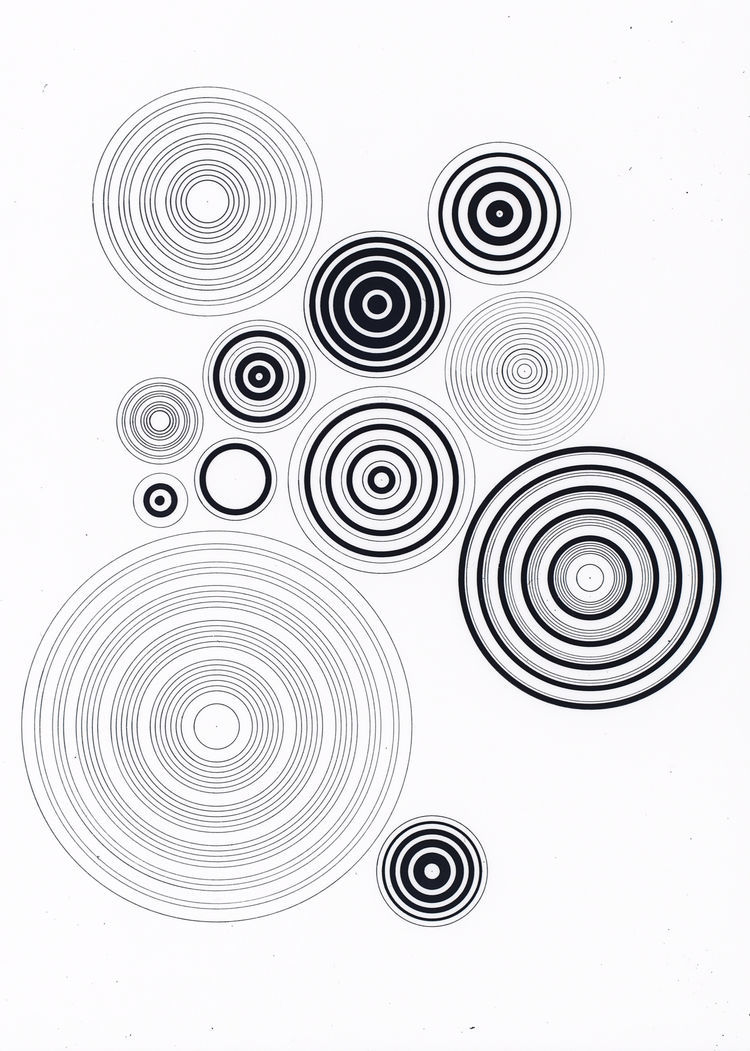Sarah Klein
Fundamentals of design - Graphic design education in Switzerland
Art
From the classic poster or the design of a ballot paper to the creation of a complex interface or an airport’s orientation system – visual design draws our attention, guides, informs, seduces or irritates us. It shapes our everyday lives and influences our behaviour. The disciplines of graphic design, communications design or visual communications critically address image and text-based communication, and develop or advance it. Straddling artistic expression and expert service provision, manipulation and social responsibility, science and the trade, models of education/training in these subjects tend to adopt different positions.
Ever since the institutionalisation of graphic design education in the early 20th century various designers have attempted (following the model of a written language) to compose a theory, binding rules and indeed even a grammar for visual communications. However, to date none of these attempts have succeeded in achieving unconditional validity. Retrospectively, these approaches were assigned to certain styles or epochs that the theorists sought to overcome.
Nonetheless, so the theory, in many cases comparable methods for teaching visual design were established. If you consider the basic courses during the first semesters down through the decades and institutions, certain exercises crop up again and again. In a series of exercises involving the elements dot, line and surface students practiced the fundamentals of design. Considered superficially all these exercises seem identical. But a closer examination reveals that the aims, methods and what the instructors deemed to be 'fundamental' did differ considerably.
In this project I address the development of graphic design education at the applied arts colleges in Switzerland and their international setting. My focus is on the design fundamentals. I examine and compare the technical, formal design and didactic aspects of the materials, tasks and projects the students had. By appraising the estates of instructors (that have not been previously studied) such as that of Hermann Eidenbenz I will access the very documents that the students used. The main focus is on the peripheral or even incomplete but widespread exercises and projects of students. Rather than concentrating on the great successes of a few individuals this approach permits a view of the development of graphic designs and its didactics, that challenges customary narratives.>


